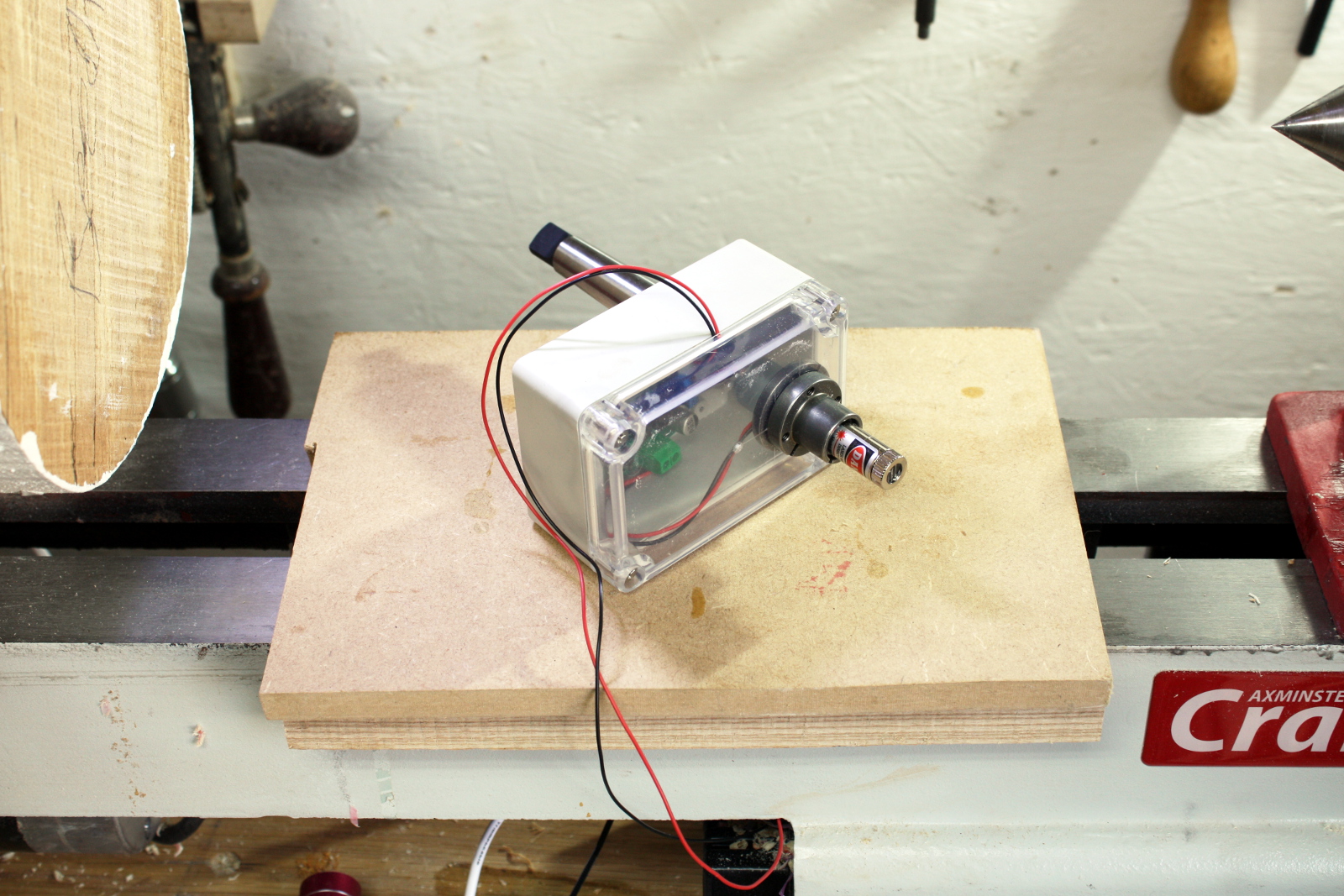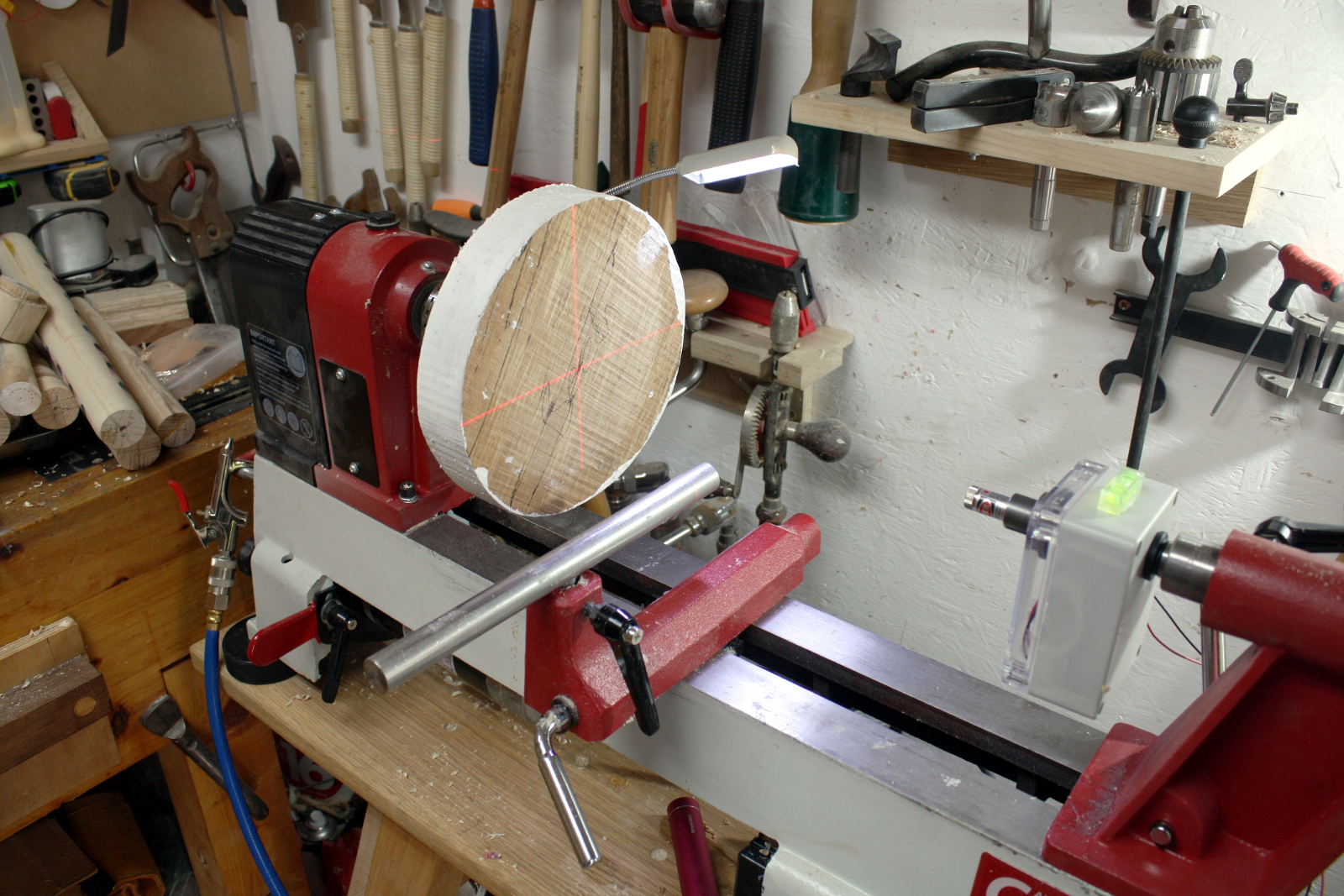Phil Pascoe
Established Member
Bowl turning of course has nothing to do with the bed or the tailstock. I've found the only way to perfection on the rim of a bowl is to turn the inside and outside at the same time (on a single mounting). Turn and finish the base and the side up to an inch or so of the rim then reverse it, finishing inside and outside as thin as you choose. Others may do differently, but it works for me.
If you finish the whole of the outside and leave the bowl even overnight before working the inside you may find it has distorted enough to give that deviation or even more.
If you finish the whole of the outside and leave the bowl even overnight before working the inside you may find it has distorted enough to give that deviation or even more.
Last edited:


































